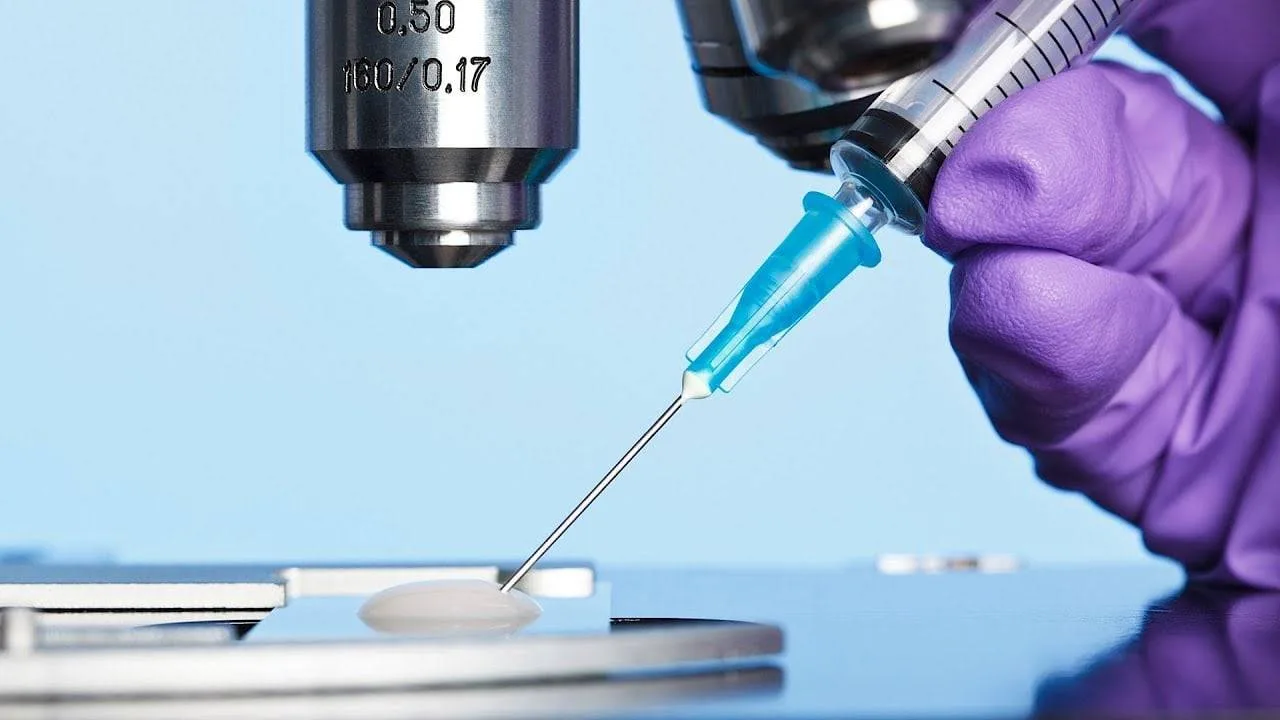Reproductive Technologies covers all current and expected uses of reproductive technology in animal and human reproduction, which includes artificial insemination, contraception, assisted reproduction and others. The field of Reproductive Technologies covers a number of techniques to assist or increase fertility in animals and humans. These techniques can be divided into two main areas. The first area is dedicated to assisting a woman to get pregnant and the second area is focused on assisting a couple to have children after they have started trying to conceive. The field of Reproductive Technologies can also be subdivided into specific techniques that may involve direct intervention to the reproductive organs or they can be used in conjunction with surgery to repair damage done to reproductive organs.
Direct interventions for reproduction technologies are mostly surgical operations. Direct procedures include intracytoplasmic sperm injection or IUI, in vitro fertilisation and zygote implantation. Intra-ovulation and sperm washing are also direct interventions for reproductive technologies. IUI and sperm injection can be performed with the aid of different fertility drugs such as gonadotropin-releasing hormone or gonadotropin-estrogen system. Direct procedures also involve procedures such as intracytoplasmic sperm injection and zygote implantation.
Sperm can be used to produce many generations of offspring by means of intracytoplasmic sperm injection or intracytoplasmic sperm implantation. The former involves the introduction of a small amount of sperm into a woman’s ovarian reserve. This is done through the use of a gun like device called an intrauterine device or inserted into a woman’s uterus. The egg then migrates into the fallopian tube where it is awaited by a fertilised egg. A few days later, the fertilised egg implants onto the uterine wall. This is followed by the production of baby eggs for a maximum of nine generations.
For egg freezing, couples use freezing solutions that contain either one or several eggs at a time. The eggs are placed in a refrigerator so that they maintain their normal liquid state. After a few hours, the solution is drained and the embryos are returned to the laboratory. The number of embryos transferred at any given time depends on the fertility condition of the patient and the number of eggs.
In IVF/ embryo transfer, one or a combination of female and male donor eggs are used. Male infertility cases are very rare. Female infertility cases occur when there is a defect in the functioning of the female egg cells or a lack of egg cells available for fertilisation. In this process, the donor eggs are matured for one to four weeks before being transferred to the uterus. After fertilization occurs, the embryo is returned to the surrogate mother for further development.
Gestational surrogacy is a technique that allows a woman who has been diagnosed with an endometriodiphaly to maintain her fertility while she chooses not to become pregnant. In this process, a specially chosen egg donor is fertilised in a woman who is not experiencing fertility problems. In gestational surrogacy, the gestational carrier is selected through medical procedures. Once the embryo has developed in the uterus, the woman gives birth to the child. Once the pregnancy is over, the surrogate mother returns to her natural body and the eggs are harvested and frozen for future use.
Artificial insemination and in vitro fertilization (IVF) both use the same procedures: the man inserts his semen into the woman’s vaginal canal, and she conceives her child. The primary difference between these procedures lies in the fluid used for conception. In artificial insemination, concentrated specially formulated fluid is injected into the man’s penis, while in IVF, specially designed fluids containing sperm and egg together are used. This ensures that the embryo is carried to the uterus where it can be implanted into the woman’s uterus.
There are also many other reproductive technologies used today. Some of the most commonly used are Electrogena procedures, IUI and IVF. All of them are highly advanced and offer better pregnancy odds than vitro fertilisation. However, the success rate for these procedures varies greatly. A good quality IVF clinic will provide an individualised assessment and treatment plan for each patient, depending on their unique situation. As technology continues to advance, we will learn more about how to fine tune these procedures and create better quality outcomes for all patients.







